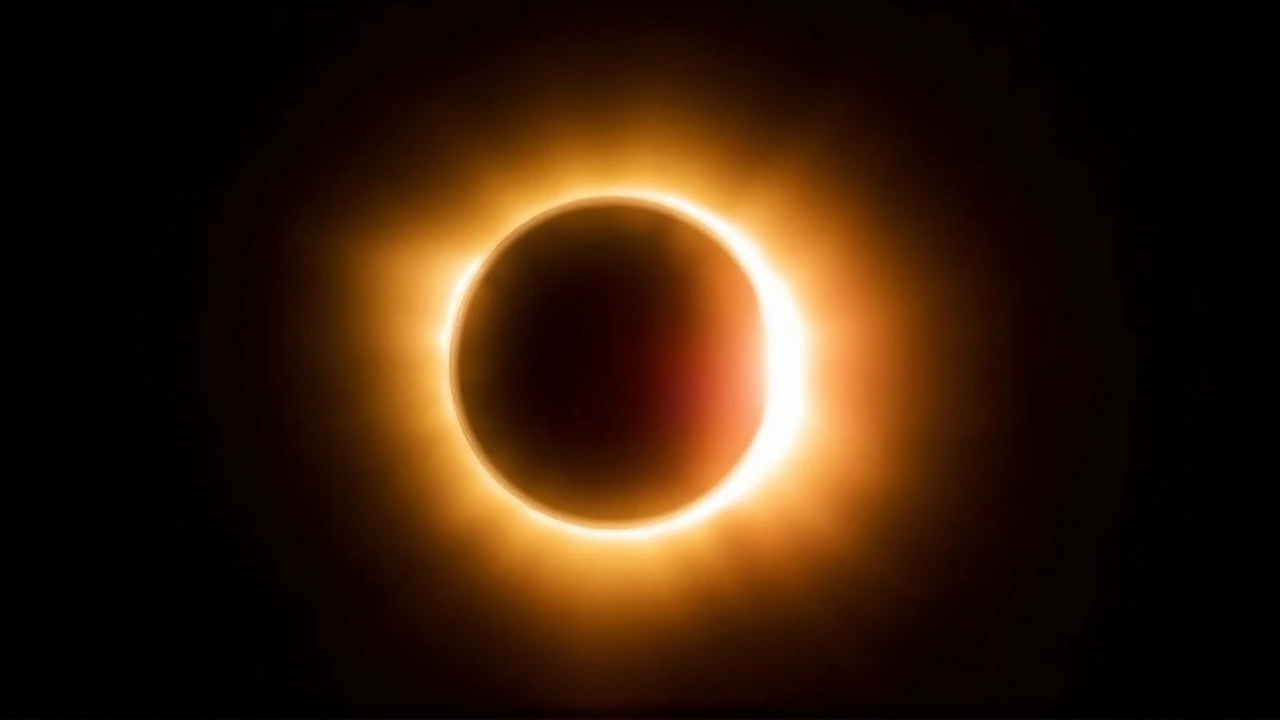
The first solar eclipse of 2025 is set to captivate sky watchers on March 29 with a partial eclipse event that promises a notable astronomical spectacle. Perceptible in parts of North America, Europe, and the Arctic regions, this celestial event will see the Moon obscure approximately 93% of the Sun's light.
Interestingly, this eclipse, part of the Saros series 149, will create a fascinating yet rare illusion known as a 'double sunrise' in places where it coincides with the Sun rising. As viewers in eastern Canada and the northeastern United States watch the first light of day, they will witness what appears to be the Sun rising again, a visual trick caused by the eclipse. The event starts at 2:20 PM IST, reaches its peak at 4:17 PM IST, and wraps up by 6:13 PM IST.
For those eager to witness this event safely, experts emphasize the necessity of using ISO-certified solar viewing glasses to protect against retinal injury. Direct viewing of the Sun during an eclipse, without appropriate eye protection, poses a significant risk of damaging one's eyes, a precaution that cannot be stressed enough.
While the celestial occurrence will not grace the skies of India, it remains relevant to the country's culturally observant communities. Even without visibility from this region, practices such as observing 'Sutak kaal' mark respect for the event as an inauspicious period, showcasing how deeply solar eclipses are woven into cultural beliefs.
This eclipse follows a lunar eclipse witnessed earlier in the month on March 13-14, which fits the natural rhythm of the lunar-solar eclipse cycle. With enthusiasts already marking their calendars, the next solar eclipse is anticipated to occur on September 21, 2025, creating further anticipation among astronomy lovers and cultural observers alike.